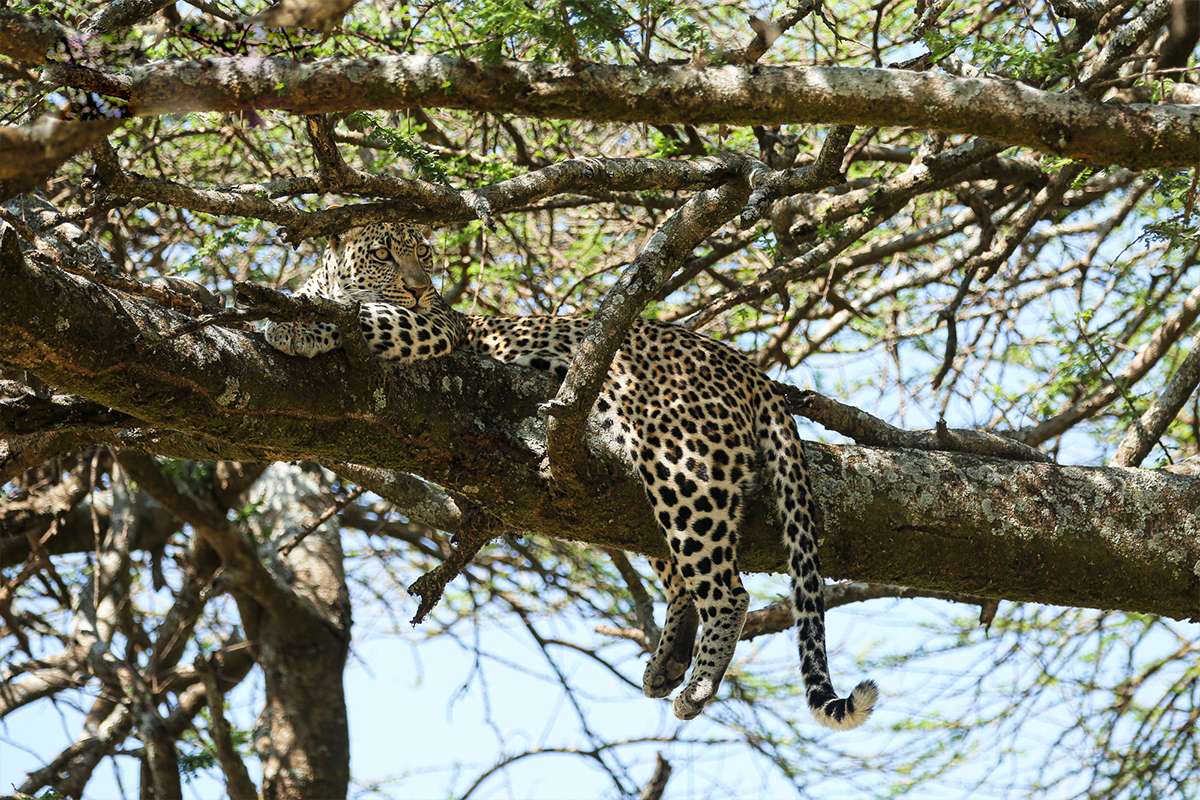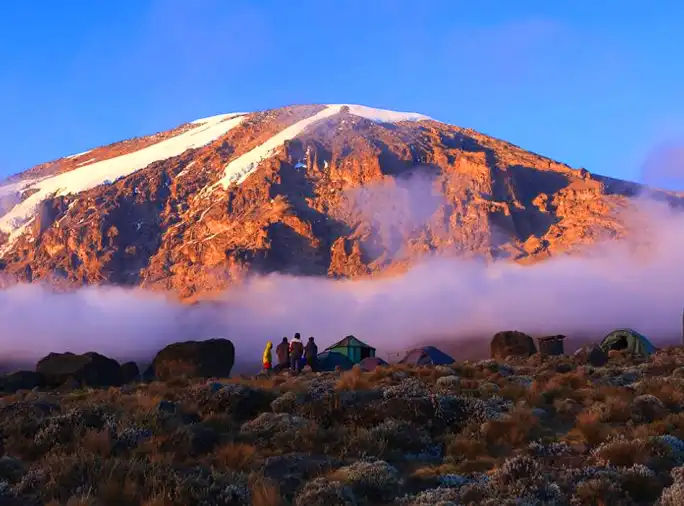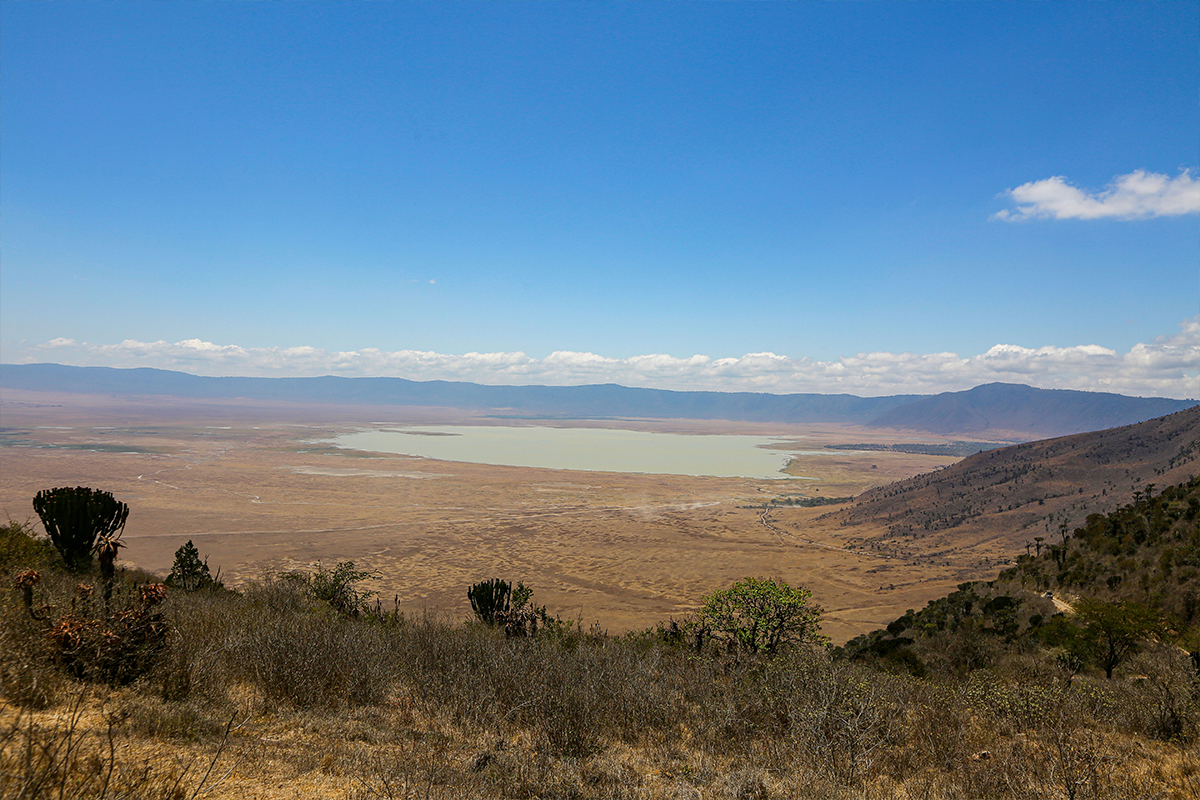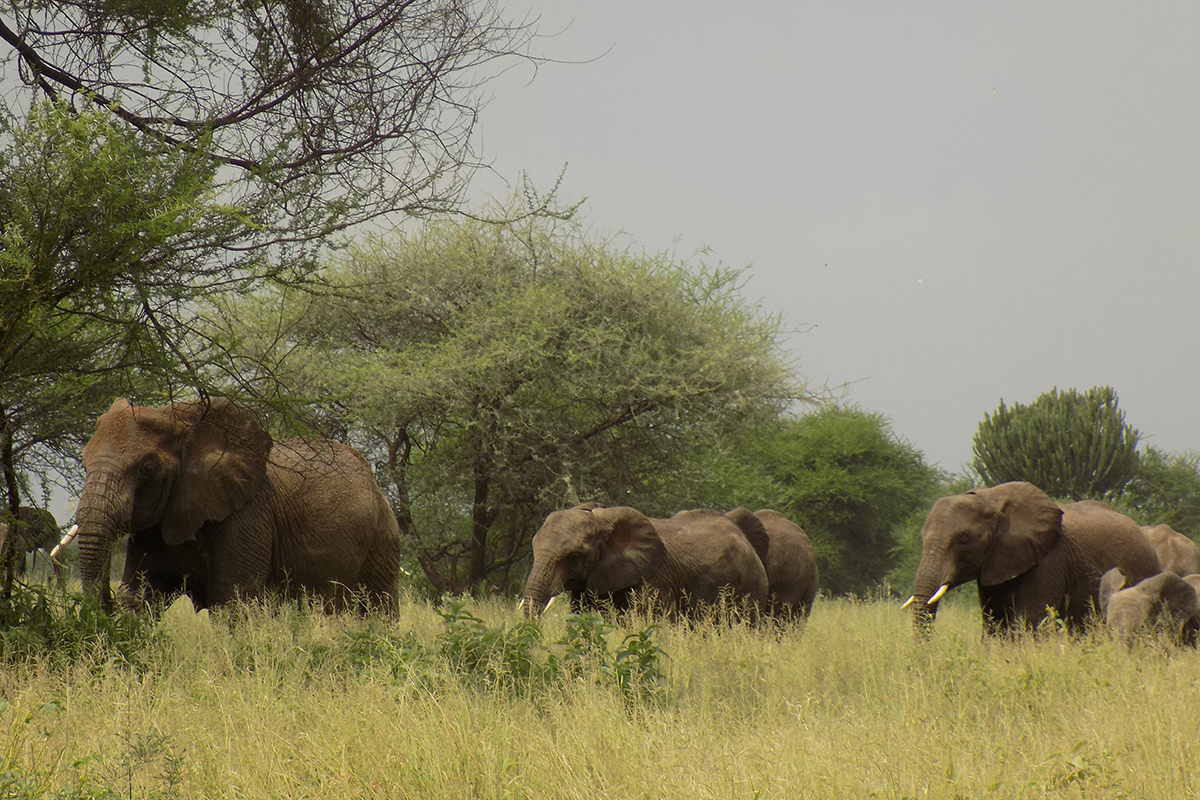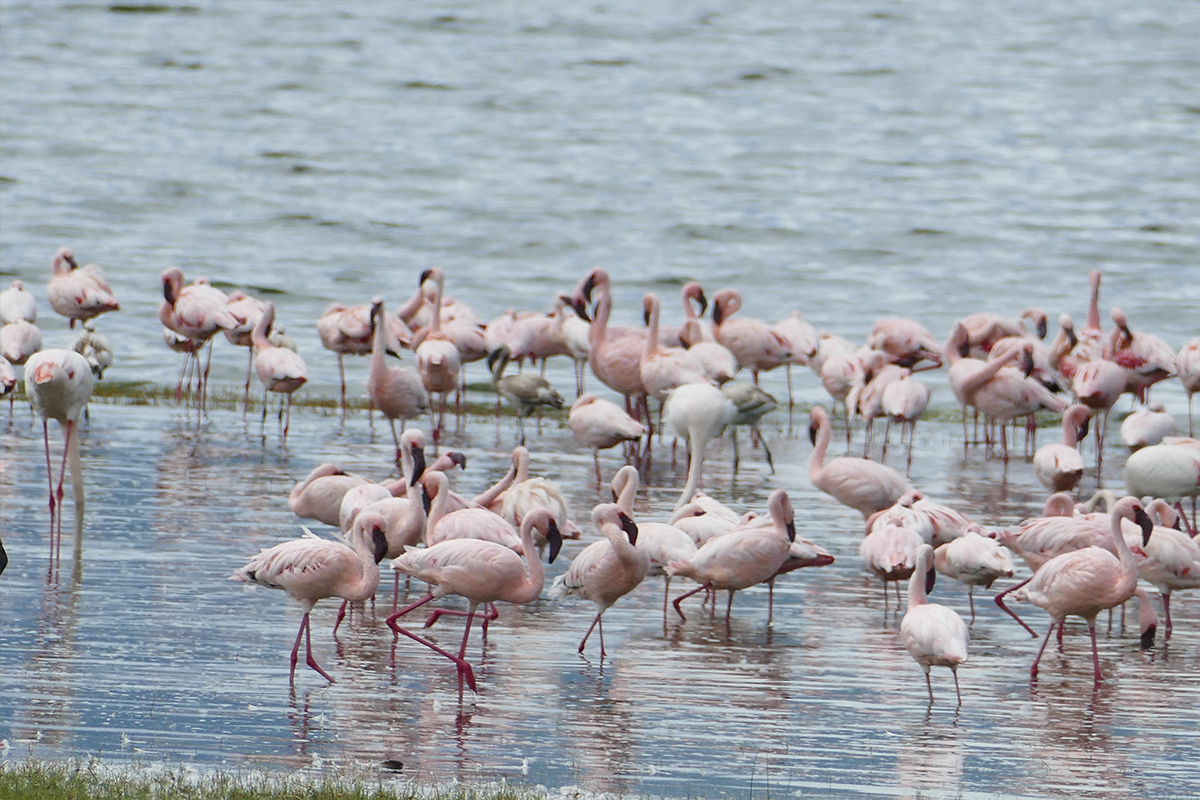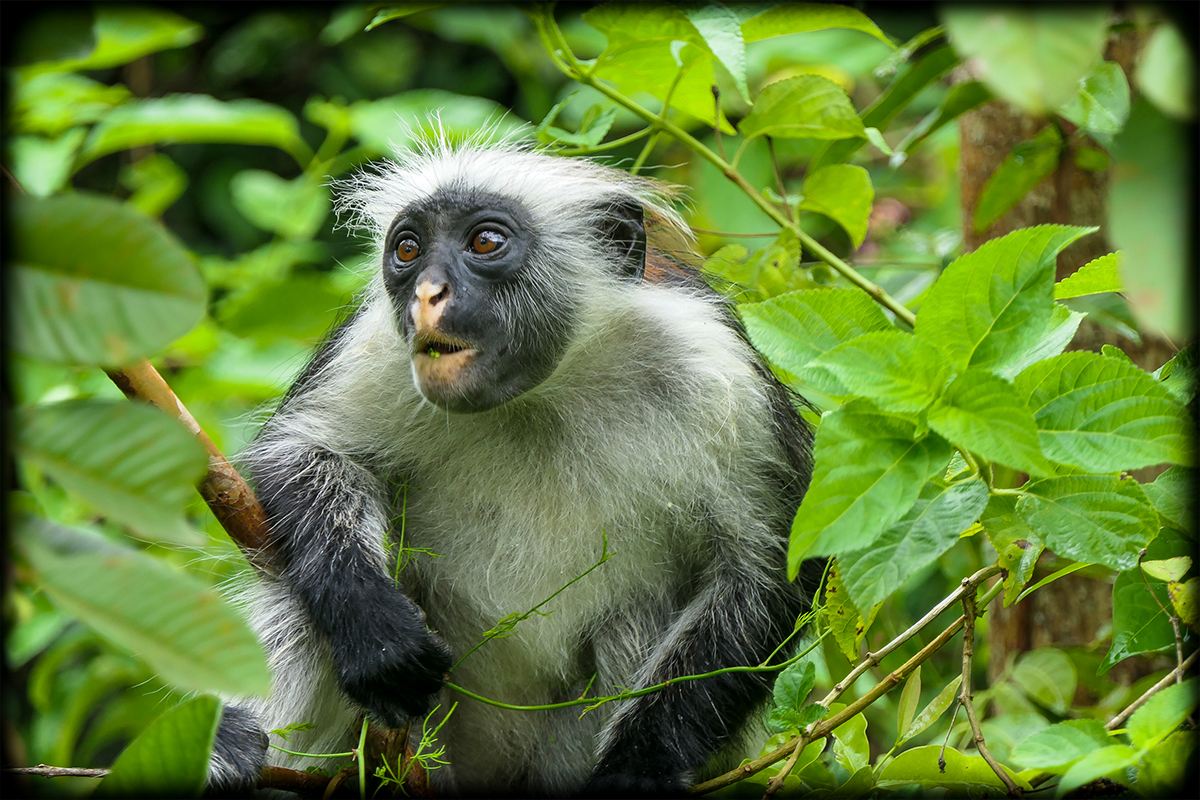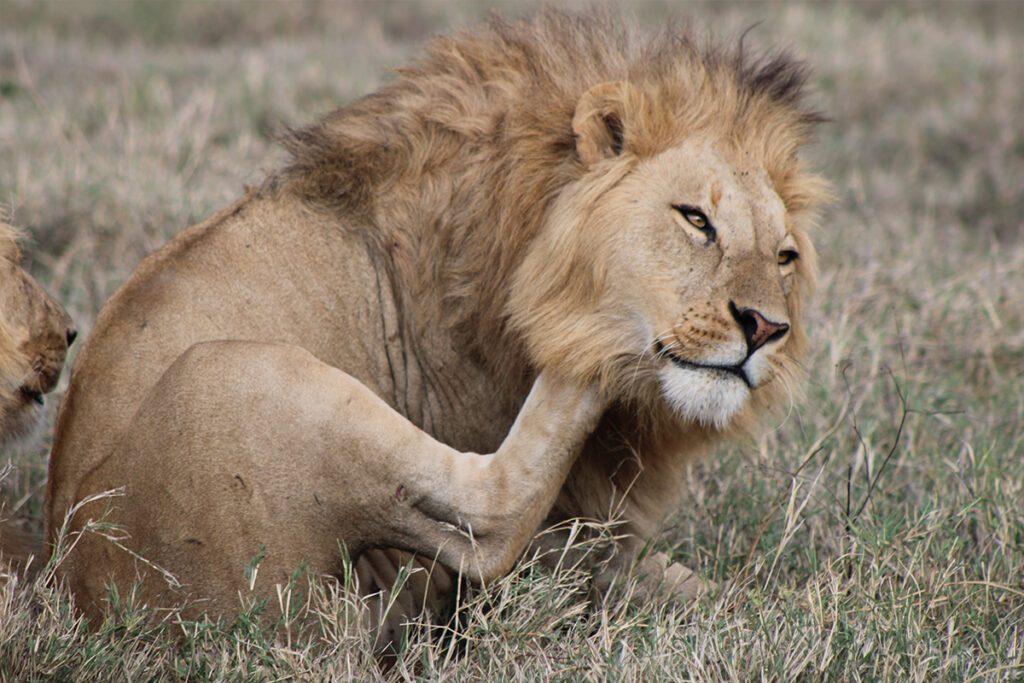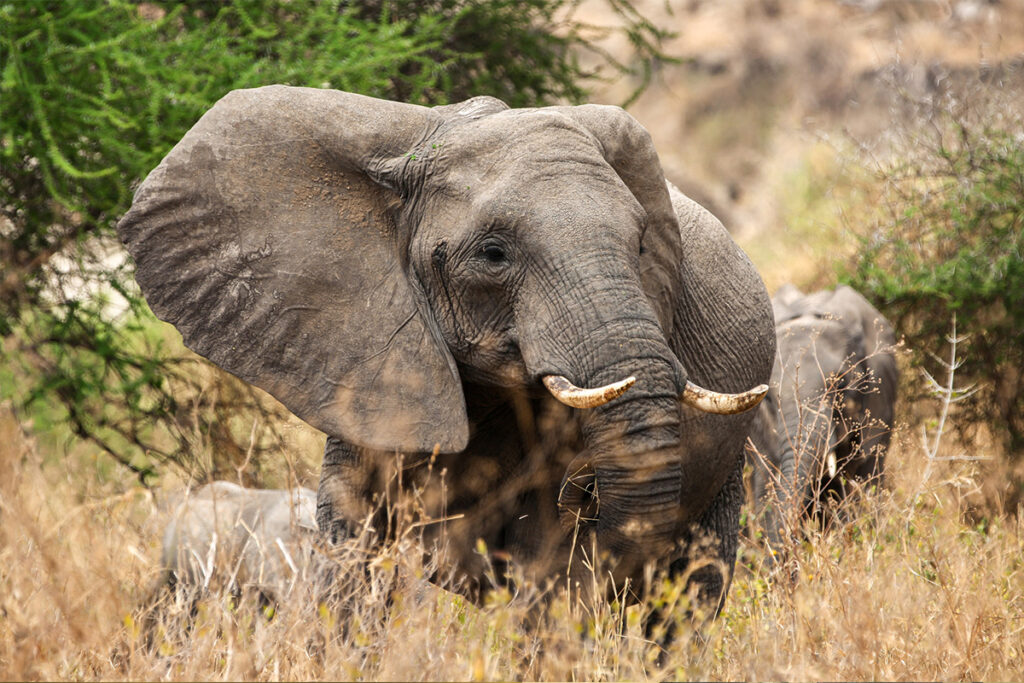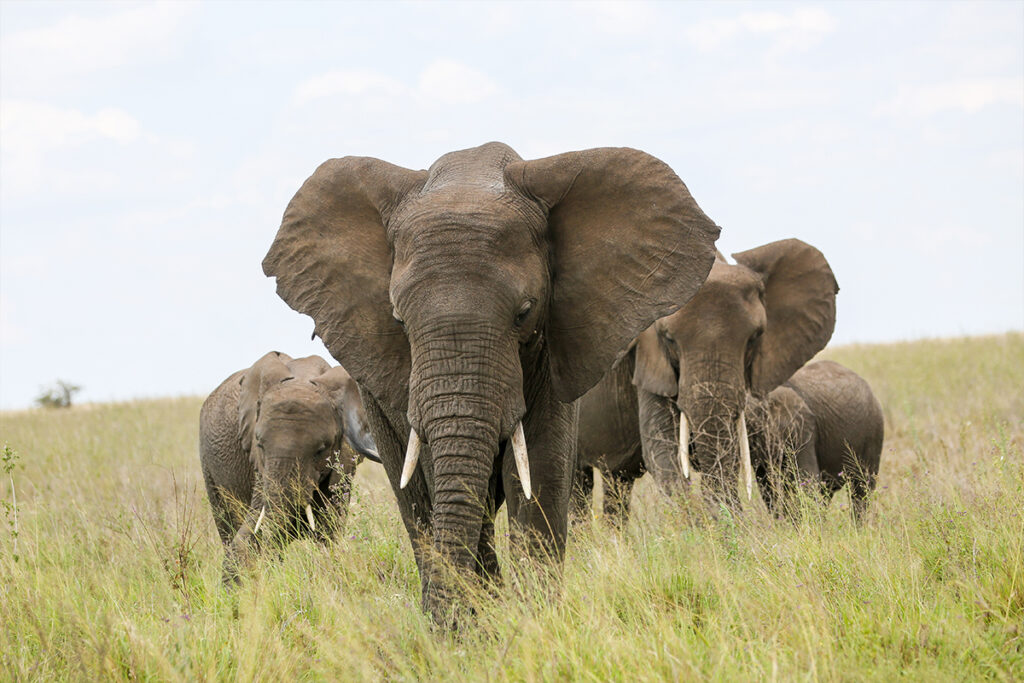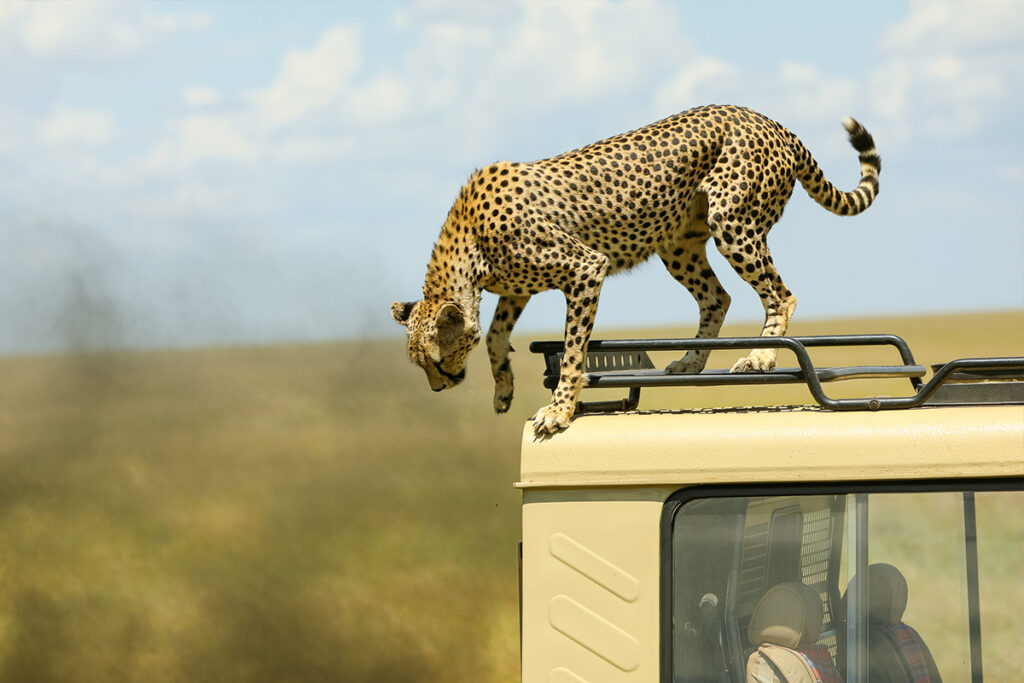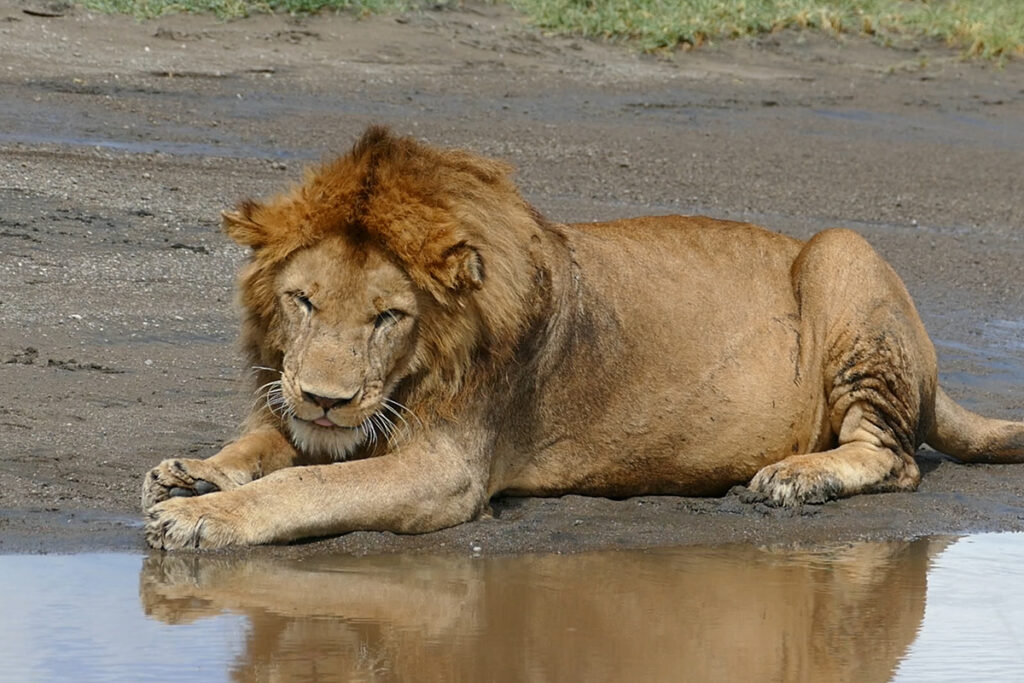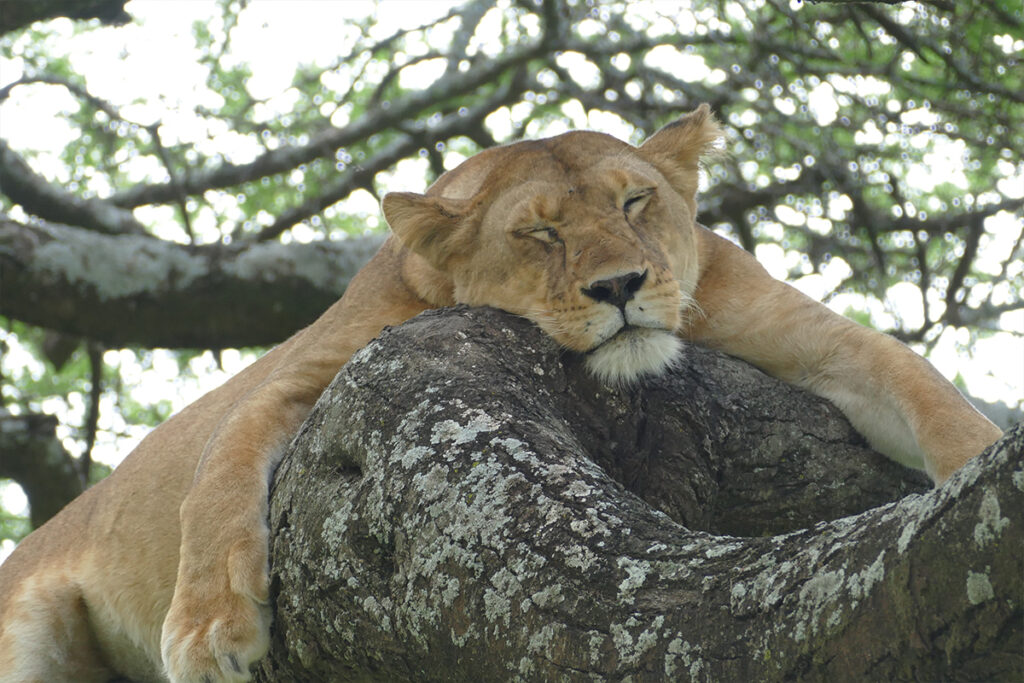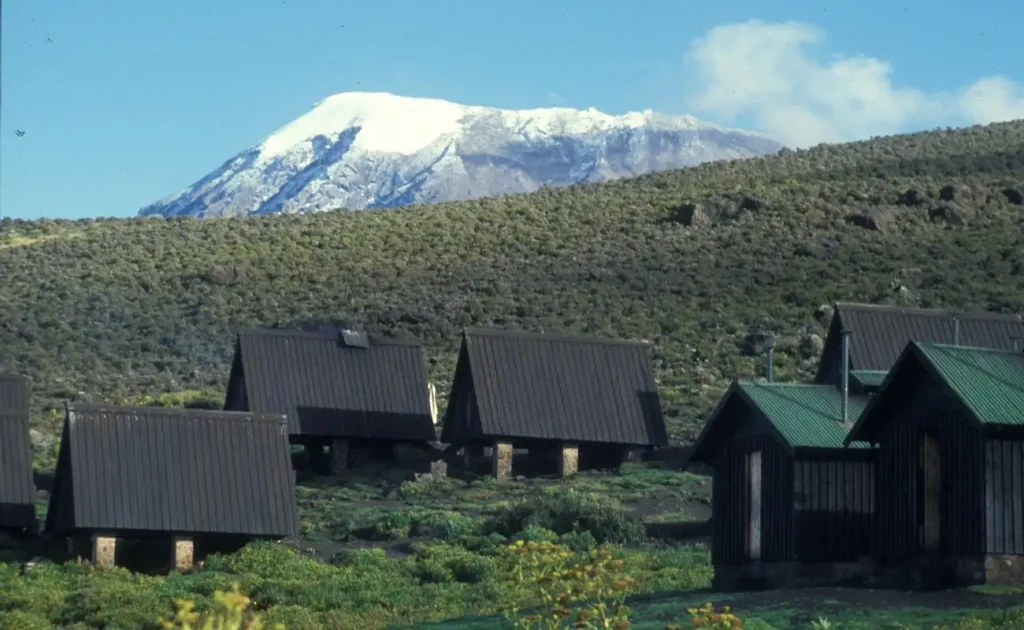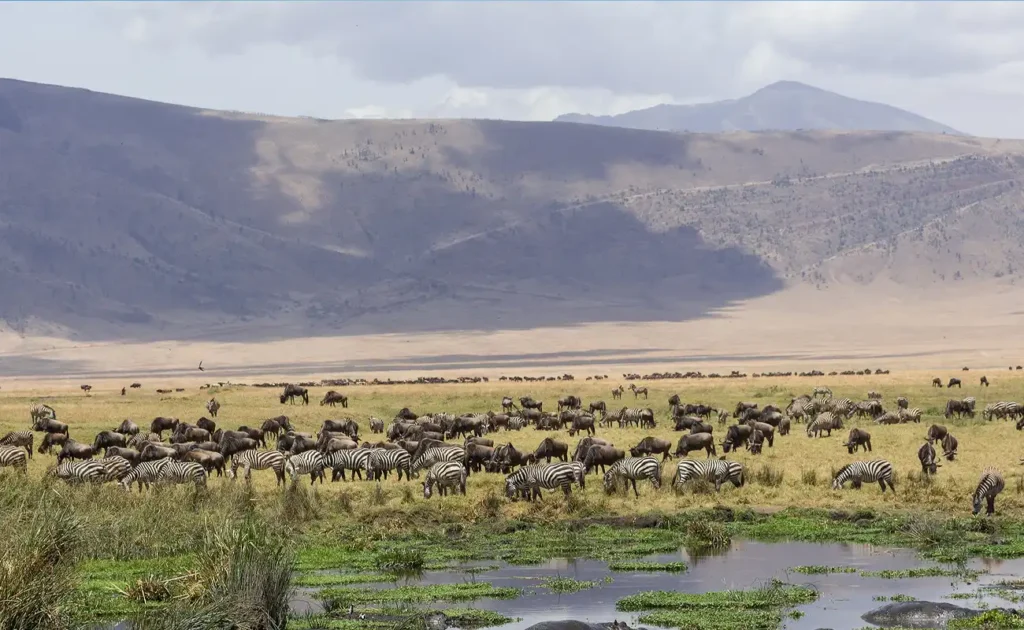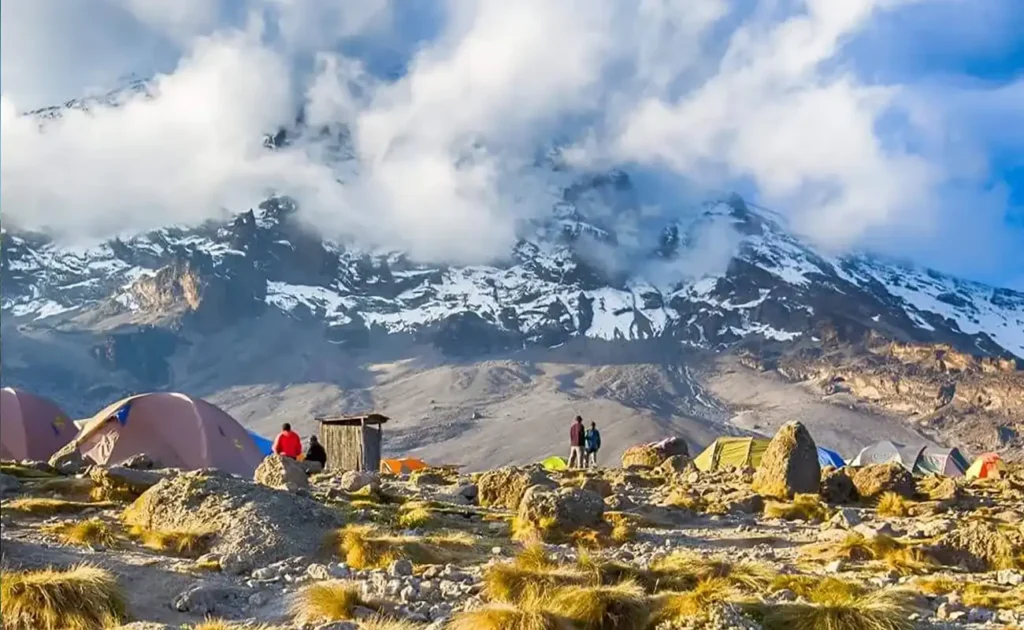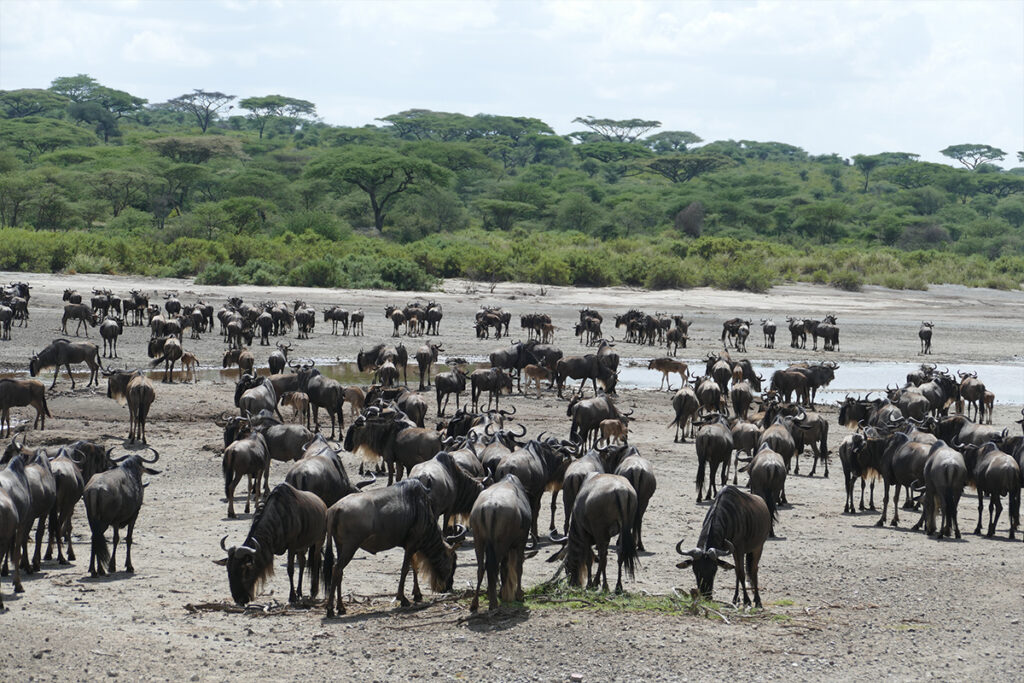Climbing Mount Kilimanjaro for Beginners: The Ultimate Guide
Climbing Mount Kilimanjaro is a bucket-list adventure for many, but for beginners, the journey to the summit can seem daunting. With the right preparation and a bit of determination, anyone with a reasonable level of fitness can take on the challenge. In this guide, we will cover everything you need to know, from the best routes to gear, training tips, and dealing with altitude. By the end, you’ll feel confident and ready to embark on your Kilimanjaro adventure.
I. Why Climb Mount Kilimanjaro?
Mount Kilimanjaro, standing at 5,895 meters (19,341 feet), is the highest free-standing mountain in the world and the tallest peak in Africa. Unlike other high-altitude mountains, Kilimanjaro is a non-technical climb, meaning you don’t need any specialized equipment or mountaineering skills to reach the summit. This makes it a perfect challenge for beginners looking for an extraordinary adventure.
II. Choosing the Best Route for Beginners
Selecting the right route is one of the most important decisions you’ll make when climbing Kilimanjaro. The route you choose will determine the scenery you experience, the level of difficulty, and your chances of reaching the summit.
A. Best Routes for Beginners
Marangu Route (5-6 Days)
Known as the “Coca-Cola Route,” the Marangu Route is the most popular and offers hut accommodations, which are great for beginners who prefer not to camp. However, the shorter duration can make acclimatization more challenging, resulting in lower success rates.Machame Route (6-7 Days)
The “Whiskey Route” is more scenic and offers better opportunities for acclimatization due to its longer itinerary. It’s a bit more demanding, but it significantly increases your chances of a successful summit.Lemosho Route (7-8 Days)
This route is ideal for beginners looking for a gradual ascent with plenty of time to acclimatize. Lemosho offers breathtaking views and a higher success rate, thanks to its longer itinerary.
B. Table: Comparison of Kilimanjaro Routes for Beginners
| Route | Duration (Days) | Difficulty | Scenery | Acclimatization | Summit Success Rate |
|---|---|---|---|---|---|
| Marangu | 5-6 | Easy | Moderate | Low | 60-70% |
| Machame | 6-7 | Moderate | Excellent | Good | 70-80% |
| Lemosho | 7-8 | Moderate | Excellent | Excellent | 85-90% |
III. Physical Fitness: How to Prepare for the Climb
While you don’t need to be an elite athlete to climb Kilimanjaro, a good level of physical fitness is essential for a successful ascent. Training for Kilimanjaro should focus on building stamina, leg strength, and cardiovascular endurance.
A. Training Tips for Kilimanjaro
- Cardio Exercises: Incorporate activities like hiking, running, cycling, and swimming to build endurance. Aim for 30-60 minutes of cardio, 3-5 days a week.
- Leg and Core Strength: Focus on exercises that strengthen your legs and core, such as squats, lunges, and planks. Strong legs will help you handle the long, uphill treks.
- Hiking Practice: If possible, practice hiking with a loaded backpack to simulate the conditions on Kilimanjaro. Gradually increase the distance and elevation.
B. Acclimatization and Altitude Training
Altitude sickness is a common issue on Kilimanjaro. The key to avoiding it is to ascend slowly, allowing your body time to adjust to the lower oxygen levels. Choosing longer routes, such as the Lemosho or Machame, will give you more time to acclimatize.
IV. Essential Gear for Climbing Mount Kilimanjaro
Packing the right gear can make or break your Kilimanjaro experience. While your tour company, such as Sia Yangu Safari, will provide tents, meals, and camp equipment, you’ll need to bring your personal clothing and gear to stay comfortable in varying weather conditions.
A. Gear Checklist for Beginners
- Layered Clothing: Kilimanjaro’s weather changes rapidly. Pack moisture-wicking base layers, insulated mid-layers, and waterproof outer layers to stay warm and dry.
- Hiking Boots: Invest in sturdy, waterproof boots with good ankle support. Break them in before your climb to avoid blisters.
- Sleeping Bag: A high-quality, four-season sleeping bag is essential for the cold nights, especially as you approach the summit.
- Daypack: Your daypack should be lightweight but large enough to carry water, snacks, extra layers, and any personal items you’ll need during the day.
- Trekking Poles: These will reduce the strain on your knees and help maintain balance on uneven terrain.
B. Table: Essential Gear for Kilimanjaro Climbers
| Gear Item | Purpose |
|---|---|
| Waterproof hiking boots | Protects feet from cold and wet |
| Insulated jacket | Keeps you warm in cold altitudes |
| Headlamp | For summit night and early starts |
| Reusable water bottles | Hydration is critical |
| Trekking poles | Support on steep terrain |
V. What to Expect: Daily Life on Kilimanjaro
A typical day on Kilimanjaro follows a structured routine that balances hiking with plenty of rest and acclimatization time. While the terrain and weather can be challenging, the experience is rewarding.
A. Daily Routine on the Mountain
- Morning: You’ll wake up early, usually around 6:00 a.m., for breakfast. After packing your daypack, you’ll start hiking, typically by 7:30 a.m.
- Morning Hike: The majority of the day’s hiking is done in the morning, with a break for lunch along the way.
- Afternoon: After lunch, you’ll continue hiking to reach your next campsite in the early afternoon. The rest of the day is spent resting and acclimatizing.
- Evening: Dinner is served in the evening, followed by time to rest and prepare for the next day.
B. Summit Night
The final ascent to the summit begins around midnight. This is the most challenging part of the climb due to the cold, the steep incline, and the altitude. You’ll reach the summit at Uhuru Peak just as the sun rises, offering breathtaking views of the surrounding landscape.
VI. Common Challenges for Beginners and How to Overcome Them
While Kilimanjaro is accessible to beginners, there are still several challenges that climbers must prepare for.
A. Altitude Sickness
- Prevention: Climb slowly, stay hydrated, and consider taking altitude medication like Diamox. Longer routes also help with acclimatization.
- Symptoms: Headaches, nausea, dizziness, and shortness of breath are common. If symptoms worsen, notify your guide immediately.
B. Cold Weather
Temperatures on Kilimanjaro can drop significantly, especially at night and at higher altitudes.
- Solution: Dress in layers and ensure you have a high-quality sleeping bag rated for sub-zero temperatures.
C. Fatigue
The combination of long hikes and thin air can lead to exhaustion.
- Solution: Build endurance through regular training hikes, and take advantage of the rest days to recharge.
VII. How to Choose the Right Trekking Company
The right trekking company can make all the difference in your Kilimanjaro experience. Look for companies that prioritize safety, provide experienced guides, and ensure fair treatment of porters.
A. What to Look For in a Trekking Company
- Safety Measures: Choose a company that provides regular health checks and carries oxygen and medical supplies. Daily health checks are essential for monitoring your acclimatization.
- Experienced Guides: A knowledgeable guide can help you navigate the terrain, manage altitude sickness, and increase your chances of a successful summit.
- Ethical Practices: Companies like Sia Yangu Safari are committed to treating their porters fairly, ensuring they receive proper wages, food, and equipment.
FAQ About Climbing Mount Kilimanjaro for Beginners
Is Kilimanjaro suitable for beginners?
Yes, Kilimanjaro is a non-technical climb, making it accessible to beginners with proper preparation and determination.What is the best route for beginners?
The Machame and Lemosho routes are excellent choices for beginners, offering gradual ascents and better acclimatization.How should I train for Kilimanjaro?
Focus on improving your cardio fitness, leg strength, and stamina through activities like hiking, running, and strength training.
Your Title Goes Here
Your content goes here. Edit or remove this text inline or in the module Content settings. You can also style every aspect of this content in the module Design settings and even apply custom CSS to this text in the module Advanced settings.
LET'S PLAN
YOUR SAFARI TOGETHER
Start planning your tour with us, we can create an itinerary from scratch or modify one of our suggested itineraries.
Top Pick Tour Packages For You
Tanzania Safari and Trekking
Tanzania boasts Africa’s renowned parks, promising unforgettable luxury safaris. With expertly crafted itineraries, immerse yourself in the finest national parks for a tailored wildlife adventure.

